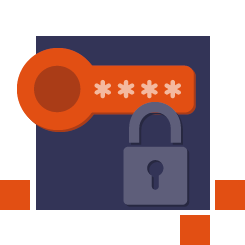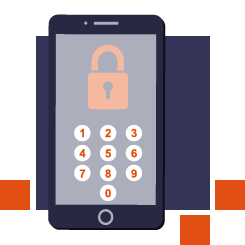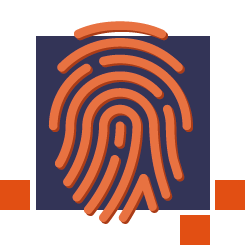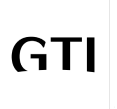When it comes to data protection, banking institutions and large corporations have long since adopted multi-factor authentication solutions to ensure more secure access to their data. The sheer cost of these authentication solutions has long disqualified SMEs. Today, however, these solutions are becoming accessible and affordable for SMEs, and certainly necessary in this age of teleworking.
80% of security breaches involve compromised passwords.
Data Breach Investigation Report 2019, Verizon – via DBIR Interactive
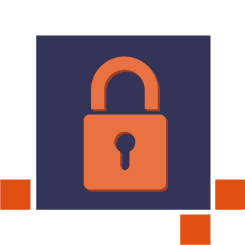
One of the biggest problems with the traditional login and password mode is keeping the database of these passwords up to date. Whether it is encrypted or not, if an attacker gets his hands on this database, he will have a source that allows him to verify his hypotheses at a speed that has no other limit than that of his hardware resources. In other words, decrypting a password database is only a matter of time.
There are several multi-factor authentication technologies, including the following:
Il existe plusieurs technologies d’authentification multi facteurs, dont voici quelques exemples:
- The token, or security token, which is the historical hardware factor of multiple-factor authentication for gaining access to a network service;
- The software token that is often used for mobile multiple authentication where the device itself (the cell phone) provides the hardware factor by transmitting a one-time login PIN;
- Biometric authentication methods that use retinal or iris scanning, fingerprint analysis, finger vein identification, facial recognition and voice recognition, hand shape or earlobe shape are all more secure and futuristic solutions.
In short, for most SMEs, it is a question of adding a higher level of security mainly for any remote connection to a private network, whether by TS (Terminal Server) or VPN (Virtual Private Network).
Our priority remains the continuity, and the security, of your business. We are there for you!



